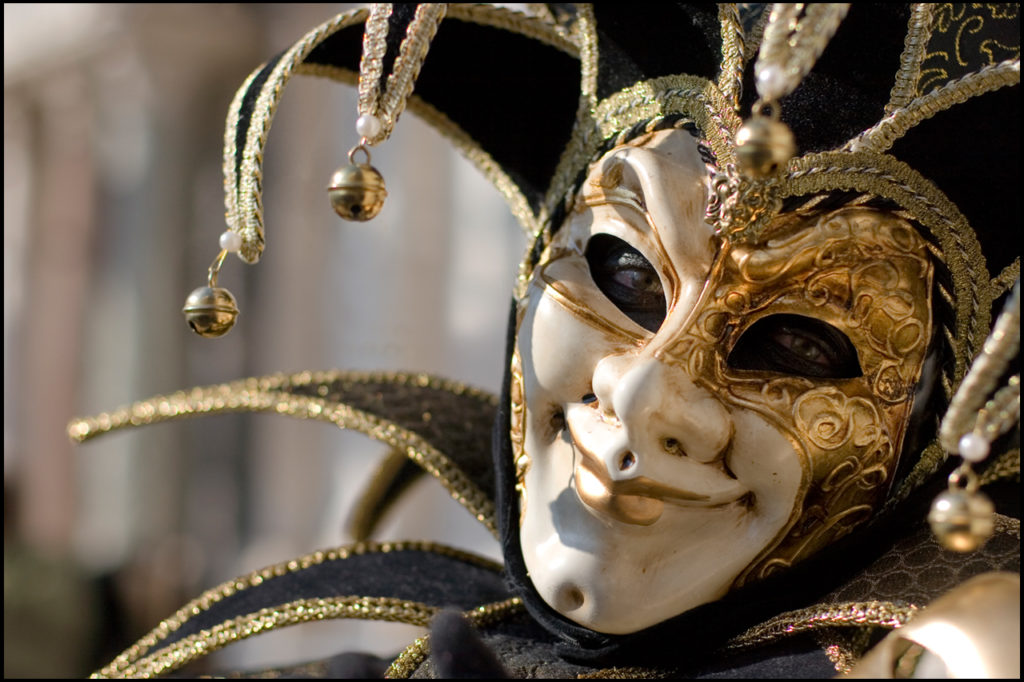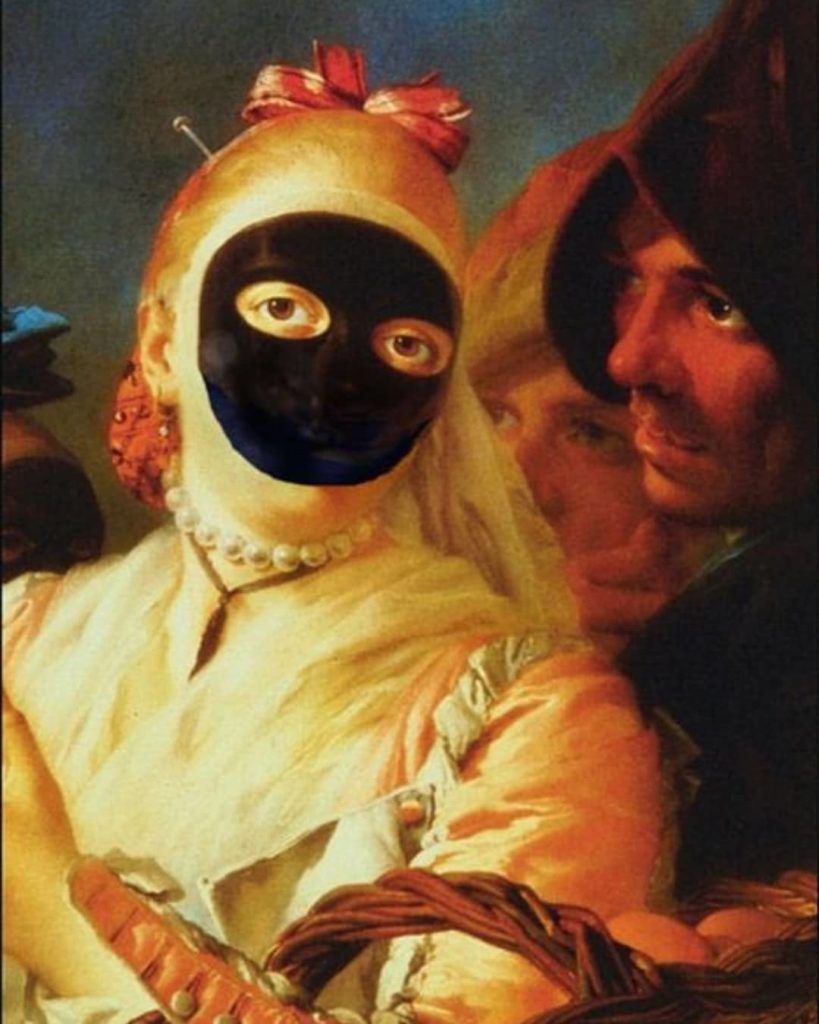The Venice Carnival is a “classic” of Carnival events in Italy. Together with the one held in Fano, it is the oldest in the Country, and is one of the most popular and famous in the world, just like the Fano one. The Carnival of the lagoon, in fact, is particularly renowned for its beauty and elegance, and is distinguished by the theme that characterizes each edition. Masks and costumes are the element that dominate the scene in each of the many manifestations, well representing what, over the centuries, has constituted a true cultural heritage, rooted in the elegance of the Venetians. One characteristic of the event is the participant’s tendency to hide their identity, gender and social class.

Venice Carnival: history
The first written references of the Venice Carnival appear in some documents dating back to the year 1000. It’s not difficult to realize that this festivity, lasting two months altogether, represented an opportunity for the people to forget the difficult conditions of their everyday life, and to behave more freely, to the point of overcoming the limits imposed by their social class. This “concession” turned into a real institution, which replaced the tradition of similar pagan celebrations. And it is thanks to this approach that the Venetian carnival became the moment in which it was possible to forget one’s own identity and the rigid social conventions of the time. A free world at last, and a way of living and celebrating in the name of “madness” and “liberty” that can also be found in the pages of the diaries of Giacomo Casanova.

To get an idea of the excesses and chaos of carnival on the lagoon, you just have to take a look at the laws promulgated by the Government of the city, aimed at preventing the celebration from becoming an excellent opportunity offered to the most dangerous criminals. For this reason, for example, it was forbidden to enter the convents masked or to carry weapons under the costumes. A dimension that, with the passing of time, has been lost, leaving place to a splendid event characterized by the elegance and the charm of incredible costumes, worn in parades that have for scenery one of the most beautiful and fascinating cities of the World.
Masks and Costumes
Masks and costumes are a distinctive heritage of the Carnival of Venice, and boast ancient traditions. In the 15th century, in fact, the craftsmen who manufactured the masks had their own statute and were called mascherie.
Among the most ancient and well-known masks is the Baùta. It is a particularly simple mask, covering only the eyes and half of the face, and therefore particularly suitable for talking, eating and drinking. Still today, the Baùta is associated with a cloak – the Tabarro – and a black Tricorn hat worn low on the head above the mantle.

The Moretta, however, is the woman’s disguise, and includes a small oval mask, made of Velvet, which is held with the mouth thanks to a button, and is associated with a hat and a dress with refined veiling. Its characteristic is that of being a “mute” mask, as it makes it impossible to speak, and is a guarantee of total anonymity.

The Gagna, on the other hand is the mask that the men used to dress up as a woman. It has the look of a cat, and is worn over common women’s clothes, with a cat in a basket.

Harlequin
Harlequin is probably the oldest Italian carnival mask. Although originally from Begamo, Harlequin became the Venetian mask par excellence, thanks also to the contribution of playwright Carlo Goldoni, who made him the center of his play Harlequin servant of two masters. The character of Harlequin is represented by the figure of a cunning, sly servant, whose abilities in some cases become even “diabolical.” His name, however, derives from the Germanic origins Holle konig – King of Hell – transformed into helleking and then Harlequin. Before Goldoni, however, Harlequin made his appearance in the Commedia dell’arte with the actor of Bergamo origins Alberto Naselli-known by the public as Zan Ganassa, and triumphed in the 17th century with Tristano Martinelli.

The 2019 edition of the Venice Carnival preserves many moments and aspects of the most ancient event. Among these are the light games and shows on the water, the parades of gondolas and costumes, and the distribution of fritole and galani, traditional sweets. Also, the festa of the Maria’s, Venetian custom of providing the most beautiful and poorer maidens with jewellery and sumptuous clothing, to wear on their wedding day. There is also the so-called Flight of the Angel, in Piazza San Marco, which sees the Maria winner of the previous edition flying over the crowd descending from the bell tower of San Marco, and the competition of the most beautiful Costume.




